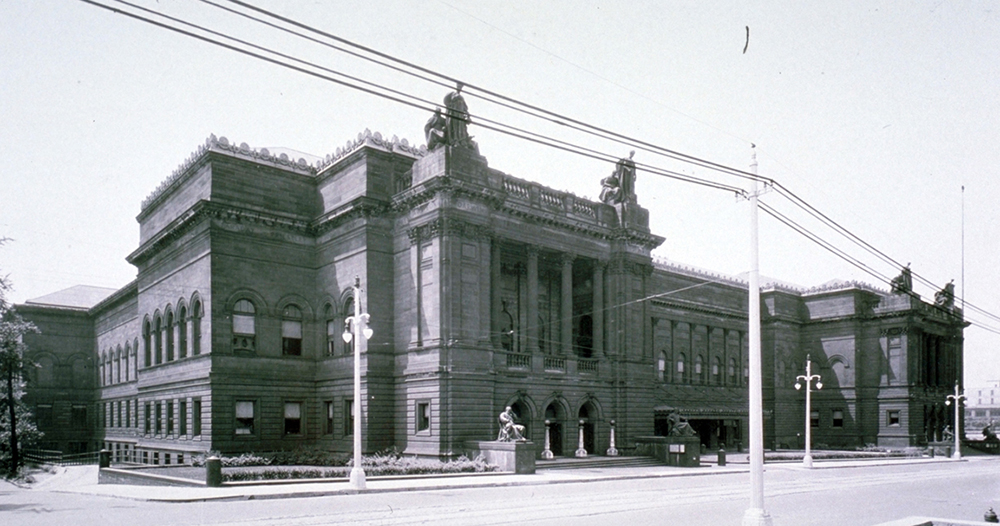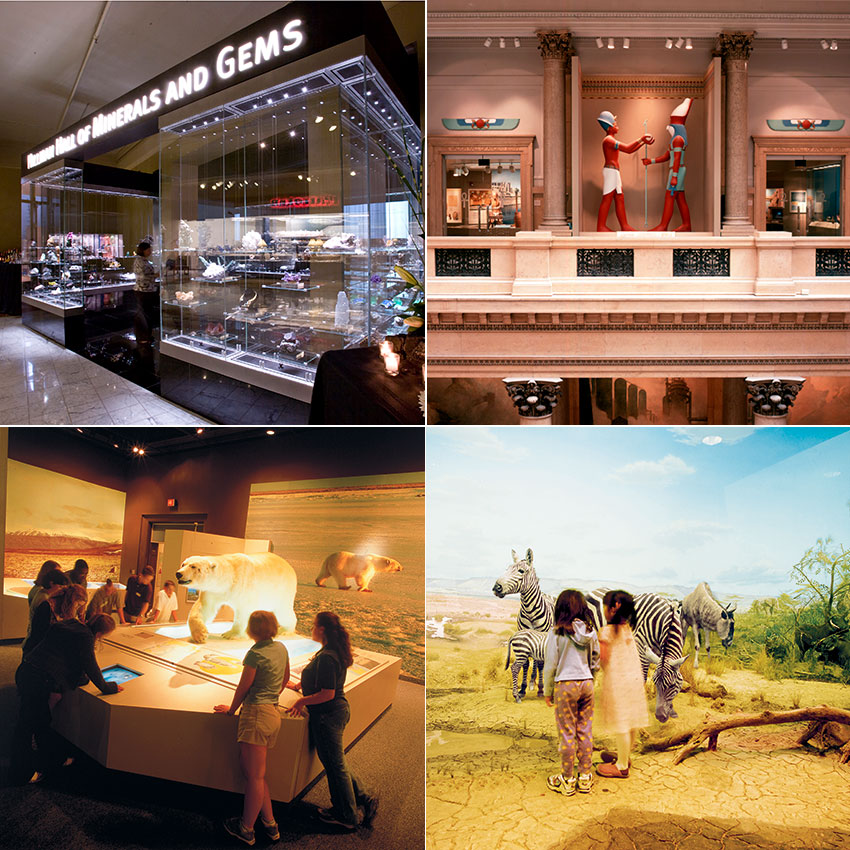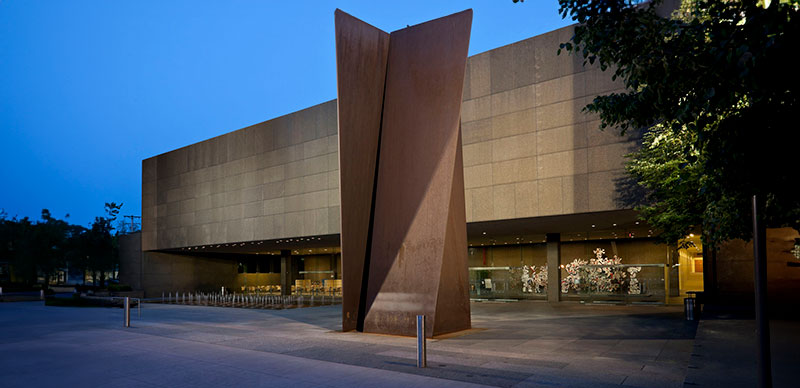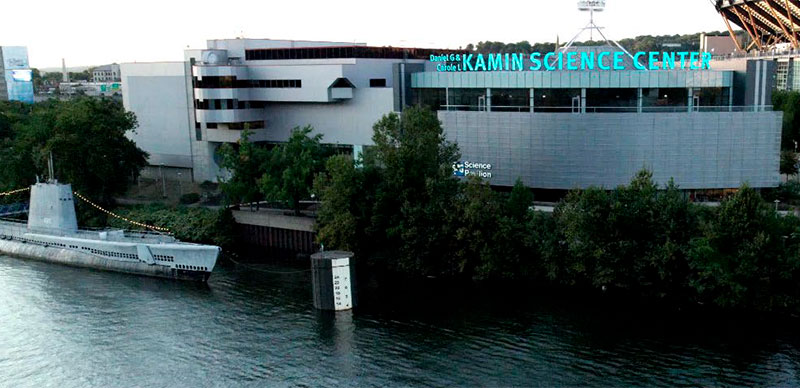The history of Carnegie Museums is bookended by two periods of fantastic growth.
It all started in November 1895 with the founding of Carnegie Institute, known today as Carnegie Museums. Andrew Carnegie called the grand building—which included Carnegie Music Hall and Carnegie Library of Pittsburgh—his “monument,” and he considered it the chief satisfaction of his life.

A year later, Carnegie Museums held the first Carnegie International, second only to the Venice Biennale as the world’s oldest and most prestigious international exhibition of contemporary art, and the museum’s collection of art quickly grew as a result.

Two years later, in response to news that the bones of “colossal” prehistoric creatures were being found out west, Carnegie sent a scientific crew to Wyoming, where they would discover the first of many world-famous dinosaurs.

To make room for the display of his namesake, Diplodocus carnegii, in 1904 Andrew Carnegie broke ground on Carnegie Museums’ first major expansion. While the most famous product of that growth was the great Dinosaur Hall, its neighboring hall, the Hall of Architecture, best embodied Andrew Carnegie’s desire to “bring the world” to the people of Pittsburgh.



Becoming the four Carnegie Museums
Carnegie Museums’ second most ambitious period of growth began in 1974, with the opening of the Sarah Scaife Galleries, which gave Carnegie Museum of Art’s constantly growing collections their own elegant space. Between 1980 and 1993, Carnegie Museum of Natural History added a number of new exhibit halls: Hillman Hall of Minerals & Gems, Polar World, the Benedum Hall of Geology, the Walton Hall of Ancient Egypt, and the Hall of African Wildlife.



In 1986, the expanding cultural powerhouse became known as “The Carnegie,” and, to this day, many in the region still refer to Andrew Carnegie’s Pittsburgh museums as The Carnegie.
In 1991, Carnegie Science Center entered the Carnegie Museums fold through a partnership between Carnegie Museums and the Buhl Foundation. The Science Center is home to Buhl Planetarium, the Miniature Railroad & Village, and hundreds of interactive science exhibits.

Three years later, in 1994, Carnegie Museums again brought something new and irreplaceable to Pittsburgh, and the world: The Andy Warhol Museum, the most comprehensive single-artist museum in the world, illuminating the art and life of one of the most influential American artists of the 20th century and serving as a global ambassador to Pittsburgh’s cultural richness and diversity.




